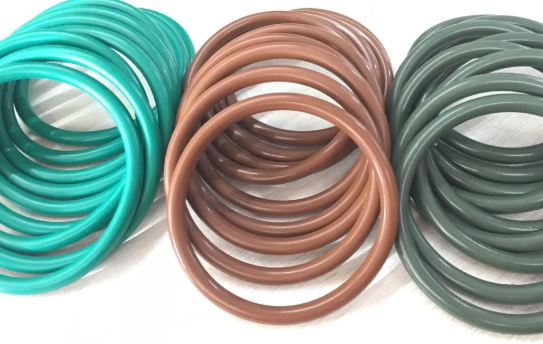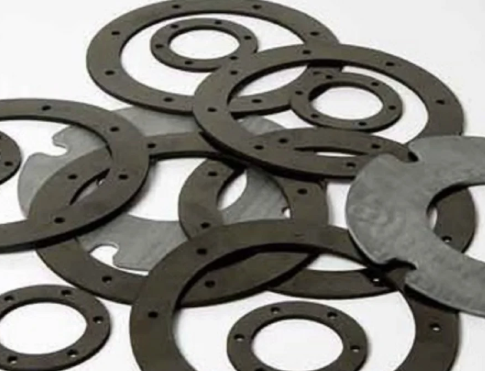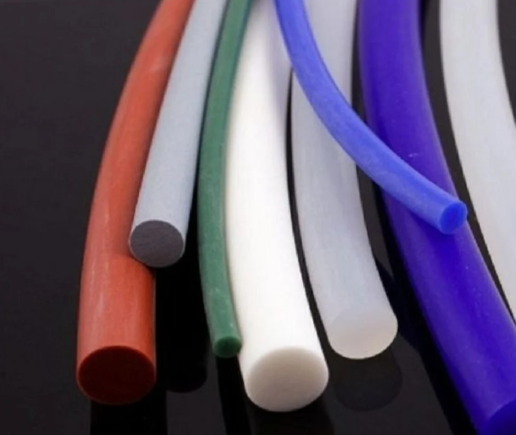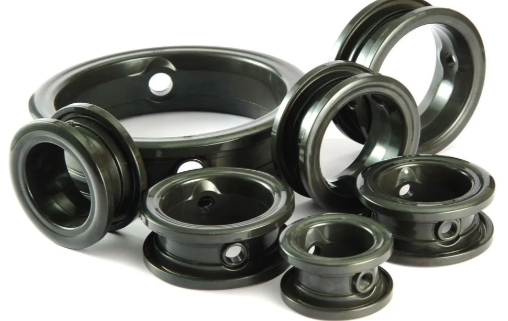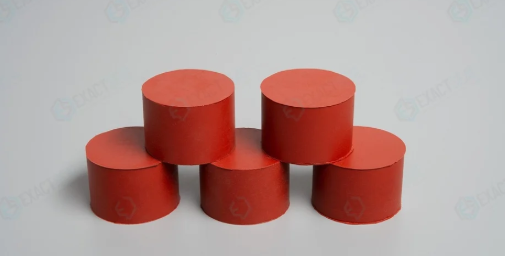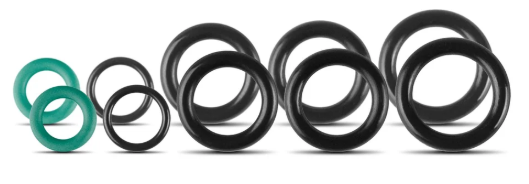
Rubber O Ring
Price:
₹ 3 /Piece (pc)
Akash Patel
C-703 MADHAV RESIDENCY, NR SILVER STAR GOTA ROAD
Member Since: 0.7 years
GST: 24AQNPP3335J1ZL
Visit StoreProduct Details:
| Minimum Order Quantity | 500 Piece |
| Inner Diameter | 1200 mm |
| Usage/Application | industrial |
| Material | Silicon |
| Shape | Circular |
| Country of Origin | Made in India |
1. What is a Rubber O-Ring?** A **rubber O-ring** is a circular, ring-shaped sealing device typically made of rubber, designed to prevent the leakage of fluids or gases between two parts that are joined together under pressure. The O-ring fits into a groove and is compressed between two surfaces, creating a tight, reliable seal. 2. Types of Rubber O-Rings** O-rings are made from various types of rubber, each suited to specific applications. Common types include: - **Nitrile (NBR)**: A popular choice due to its excellent resistance to oils, fuels, and other hydrocarbons. Suitable for automotive, industrial, and hydraulic applications. - **Silicone (VMQ)**: Known for its flexibility and high-temperature resistance. It is commonly used in food processing and medical equipment. - **Fluorocarbon (FKM)**: Known for its excellent chemical resistance and high-temperature stability. Often used in harsh chemical environments and automotive applications. - **EPDM (Ethylene Propylene Diene Monomer)**: Best for water, steam, and weather resistance. It’s commonly used in automotive, HVAC systems, and outdoor equipment. - **Neoprene (CR)**: Offers good resistance to oils, acids, and temperature fluctuations. It's used in automotive and refrigeration applications. - **Hydrogenated Nitrile (HNBR)**: An improved form of nitrile that has better resistance to heat, ozone, and aging. 3. Function and Working Principle** An O-ring serves as a **static or dynamic seal** between two surfaces. Its primary function is to: - Prevent leakage of fluids or gases. - Withstand high pressures. - Offer long-lasting durability without requiring frequent maintenance. When compressed between two mating surfaces, the O-ring deforms slightly, creating a high-pressure sealing effect. This compression forces the O-ring to fill the gaps between the surfaces, preventing leaks and maintaining the integrity of the system. 4. Materials** The material chosen for the O-ring affects its performance in different environments. Here are some common rubber O-ring materials: - **Nitrile (NBR)**: Offers good resistance to oils, fuels, and petroleum-based fluids. Widely used in automotive and industrial systems. - **Silicone (VMQ)**: Used for extreme temperatures, from -60°C to +230°C. Not suitable for heavy pressure or abrasive environments. - **Fluorocarbon (FKM)**: Has high resistance to aggressive chemicals and high temperatures (up to 300°C). Common in aerospace and chemical industries. - **EPDM**: Excellent resistance to weathering, UV light, and steam. Used in HVAC systems, automotive applications, and outdoor settings. - **Neoprene**: Offers good resistance to oil, water, ozone, and weathering. It’s suitable for refrigeration systems and marine environments. Each of these materials offers unique benefits, so choosing the correct material depends on the specific demands of the application (e.g., exposure to chemicals, temperature range, pressure, etc.). 5. Common Applications** - **Automotive**: In engines, fuel systems, and air conditioning. - **Hydraulic Systems**: To prevent leaks in hydraulic cylinders, pumps, and valves. - **Aerospace**: In aircraft systems, fuel systems, and landing gear. - **Plumbing**: To seal connections in pipes, faucets, and plumbing fixtures. - **Industrial**: In pumps, compressors, and machinery where sealing under pressure is needed. - **Food and Beverage**: In processing equipment where FDA-approved materials (like silicone) are used. 6. Sizes and Specifications** O-rings come in many standard sizes, which are usually defined by their **inner diameter (ID)**, **outer diameter (OD)**, and **cross-sectional diameter (CS or thickness)**. There are also various international and regional standards for O-ring dimensions, including: - **AS568** (USA) - **ISO 3601** (International) - **British Standard 1806** Custom sizes can also be manufactured for specific applications.
About Us We “Prayag Rubber Product” have gained success in the market by manufacturing and trading a remarkable gamut of Automotive Rubber Parts, Rubber Gaskets, Hydraulic Seals, Industrial Couplings, Eco Friendly Rubber Mats and Anti Vibration Pads. We are a well-known and reliable company that is incorporated in the year 1993 at Ahmedabad (Gujarat, India) and developed a well functional and spacious infrastructural unit where we manufacture these products in an efficient manner. We are a Sole Proprietorship firm that is managed under the supervision of “Mr. Akash Patel” (Manager) and have gained huge clientele. Basic Information Nature of Business Manufacturer Additional Business Retail Business Wholesale Business Company CEO Akash Patel Registered Address C-703 Madhav Residency, NR Silver Star Gota Road, Chandlodia,, Ahmedabad- 382481, Gujarat, India Total Number of Employees Upto 10 People GST Registration Date 01-07-2017 Legal Status of Firm Proprietorship Annual Turnover 40 L - 1.5 Cr
Legal Status of Entity
PRAYAG RUBBER PRODUCTEstablishment
2017Business Type
GST
24AQNPP3335J1ZLNumber of Employees
10Working Days
Monday to Saturday
